🔝Week’s Focus
This week’s focus was a rapid prototyping workshop led by Talbot Rice Gallery curator James Clegg. We explored floor plans, budgeting, Miro-based teamwork, and curatorial feasibility. I was especially inspired by James’ use of 3D modeling and spatial mapping tools like SketchUp to pre-visualize layout, audience movement, and spatial constraints—reminding me how technical planning is a key part of creative curating.
🙋🏻♀️Collective Planning Meeting
This week, we drafted our collective manifesto, outlining values like inclusivity, circular economy, and joyful experimentation. Our group also discussed logistics, public engagement, and project feasibility. Peer feedback and James Clegg’s workshop deepened our attention to curatorial ethics and spatial limitations.
☑️SICP – Weekly Development Log
1. Reflection on Tuesday’s Lecture: Floor Plans and 3D Modeling Tools
In this week’s lecture, curator James Clegg emphasized the importance of 3D modeling and site measurement tools in exhibition planning. These tools help optimize exhibition layouts, guide visitor circulation, and identify potential issues in advance. He introduced SketchUp, a commonly used modeling software, which enables curators to create 3D visualizations of exhibition spaces for intuitive design. However, during my own practice, I discovered a more user-friendly tool—Magicplan.
Magicplan allows users to generate 3D models by scanning the site with a smartphone camera, offering a faster and more efficient solution compared to SketchUp’s manual modeling process. It supports AR scanning, annotation, floor plan drawing, and object placement, making exhibition planning more intuitive. I decided to use Magicplan to create a 3D model of Telfer Subway, enabling better visualization of the exhibition layout and adjustments to the site’s constraints.
I revisited Telfer Subway, measuring its length, width, and height. During this process, I also observed details such as light conditions, wall textures, and the distribution of graffiti and photography works. These details will further aid in optimizing the exhibition’s spatial design:
• Entrance/Exit Area: Relatively open but with uneven lighting, marking the transition between artificial and natural light.
• Middle Section: The walls are densely covered with graffiti, creating a visually striking zone that could serve as the exhibition’s core area. Additionally, the visible repair marks on the walls (as mentioned in my Week 3 Blog on the history of Telfer Subway) should be highlighted and potentially used as a projection background for video installations.
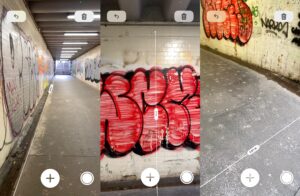
Figure 1: Yiran Gu, February 8, 2025. Measurement of Telfer Subway using Magicplan for 3D modeling and spatial analysis.
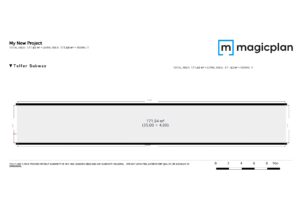
Figure 2. Floor plan of Telfer Subway scanned using Magicplan. Digital measurement conducted by Yiran Gu, February 2025.
2.📖Readings & Inspirations
- Marc Augé’s Theory of Non-Place
Marc Augé’s concept of “non-place” explores modern spaces with strong functionality but lacking social meaning, such as airports, highways, and supermarkets. These spaces are associated with transience and mobility, characterized by anonymity and temporality. Unlike traditional “places” deeply embedded with identity, history, and emotional connection, non-places serve functional and efficient purposes, offering little opportunity for meaningful human interaction or a sense of belonging.
Telfer Subway epitomizes the characteristics of a non-place. Designed primarily for transit, it is a space where people pass through hastily, with minimal engagement or interaction. However, the graffiti and photography works inside the tunnel give it a new identity and significance. In particular, the Scotland-themed photography displayed by Photo World narrates the history and culture of the local area through visual art, injecting a sense of place into this otherwise forgotten space.
- Hito Steyerl’s Poor Image Theory and Theme Refinement
Reflecting on the art forms within Telfer Subway, I noticed their anonymity and fragmented nature, reminiscent of Hito Steyerl’s concept of “poor images” in In Defense of the Poor Image. Poor images refer to low-quality, highly compressed, and often widely shared images that exist as “previews” or “ghosts” of the original.
This concept resonates strongly with the anonymous graffiti and photography works within Telfer Subway. These works, often unauthorized and created by unknown individuals, are diverse in content and vary in quality. Like poor images, they sacrifice narrative coherence for accessibility and distribution. Whether it’s the disjointed Photo World article(mentioned in my Week 3 Blog) or the fragmented graffiti on the walls, these “poor images” transform the act of viewing from an elite experience to a democratized form of leisure. Their low resolution, replicability, and illicit, humble nature become a form of liberation, challenging mainstream aesthetic and cultural norms. These works occupy public spaces in informal ways, resisting traditional modes of display and the hierarchical valuation of art.
In my exhibition, I aim to extend the “poor image” discourse to include broader categories of contemporary art (e.g., “poor video,” “poor sound”). This will explore the role of poor images within Telfer Subway as tools of resistance, connecting them to the non-place theory:
• Poor images might symbolize illegal advocacy, protest symbols, or fragments of private memory, but their very existence embodies rebellion.
• How can we rethink the resistance to the “order of information”? For example, curatorial text and exhibition formats could challenge mainstream institutions’ definitions of “art value.”
• Can we continue to use “illegal” methods of exhibition promotion, such as anonymous social media posts, underground print materials, or unmarked dissemination, to mimic the visual culture of Telfer Subway?
3. 🧑🎨Artist Selection: Prioritizing Locality
For my curatorial project, I plan to prioritize Scottish artists or artists currently residing in Scotland to align with the local context of the exhibition space. This approach ensures that the artworks resonate with Edinburgh’s history, culture, and identity.
During this week, I visited the Kendall Koppe Gallery in Glasgow, where the exhibition The Sun and the Sun’s Reflection provided inspiration. The displayed works explored themes of melancholy, memory, and fleeting moments, closely tied to the transience of space and local narratives. These artists may be potential collaborators for my project.
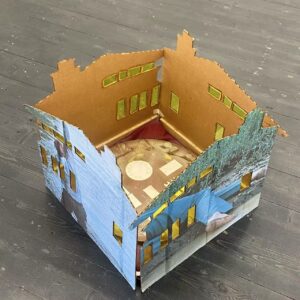
Figure 3: Yiran Gu, February 7, 2025. Kendall Koppe Gallery, Glasgow.
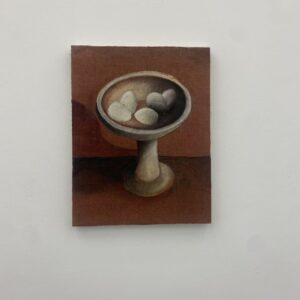
Figure 4: Yiran Gu, February 7, 2025. Kendall Koppe Gallery, Glasgow.
SICP: Floor Plan Reflection & Theoretical Support © 2025 by Yiran Gu is licensed under CC BY-NC-ND 4.0
(Telfer Subway site scan © 2025 by Yiran Gu is licensed under CC BY-NC-ND 4.0 )
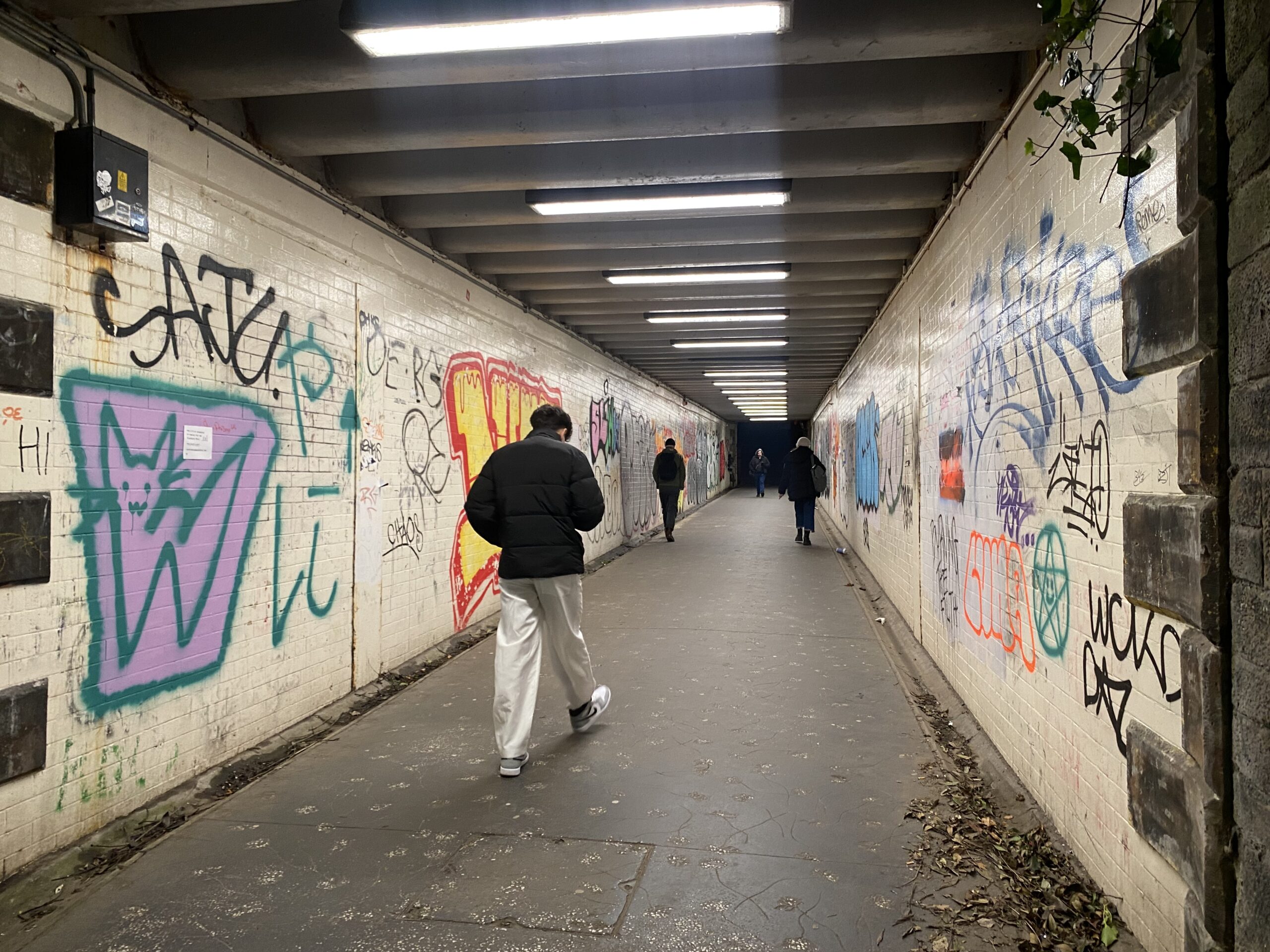


14 February 2025 at 11:32
Your article is really impressive! I really enjoyed your analysis of non-places and poor images, especially how you applied these theories to curatorial reflections on Telfer Subway—it felt very fresh and insightful. Also, using Magicplan for modeling and spatial measurement was such a smart move! It seems way more efficient than traditional manual modeling and makes exhibition planning much more intuitive. Your discussion on graffiti, photography, and the disruption of the “order of information” was also eye-opening, making me rethink the value of these “marginal” visual cultures.
If I had to suggest something, maybe you could explore audience interaction a bit more—how can they go beyond being just observers and actively engage in the exhibition? Also, your discussion on “illegal” exhibition promotion was super interesting. If you could bring in some real-life case studies to see how similar strategies have been used in actual art projects, it might make your argument even more compelling. Overall, your ideas are deep, and your writing flows really well—I’m really looking forward to seeing the results of your curatorial project!